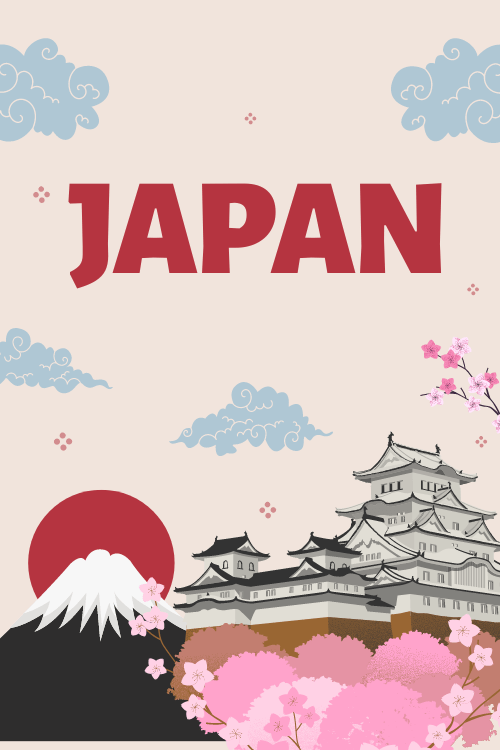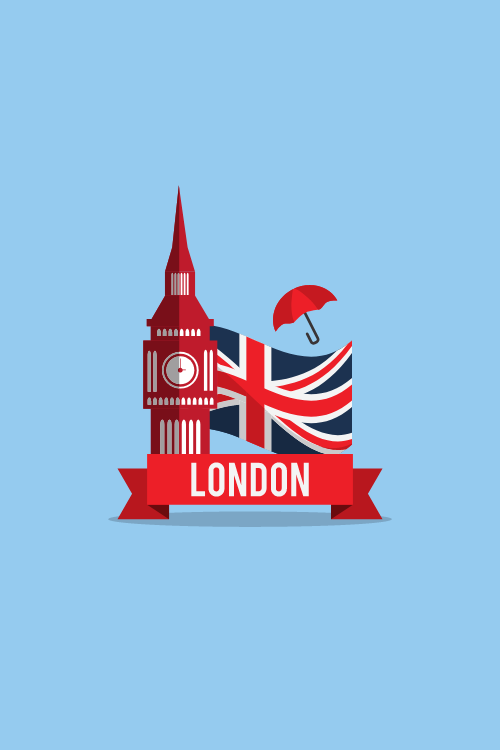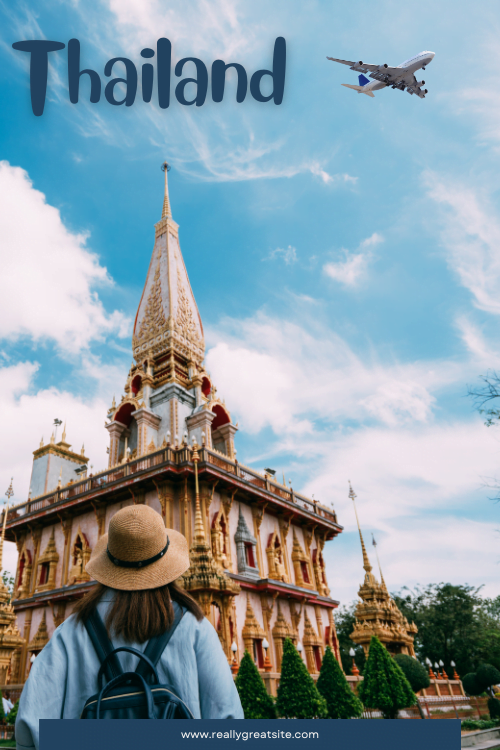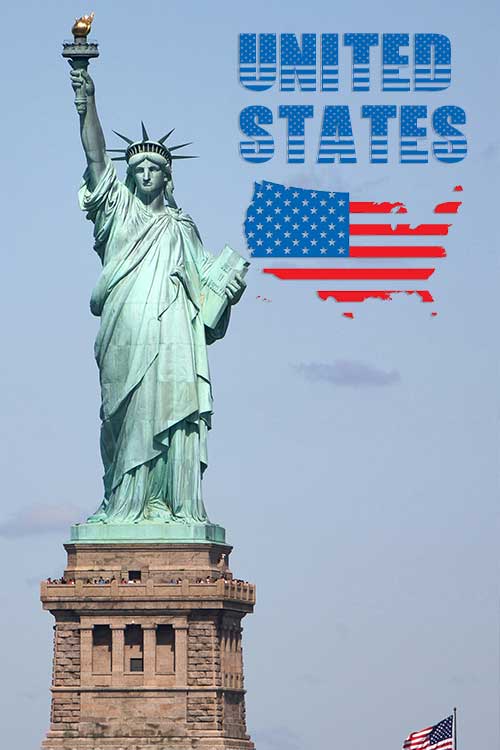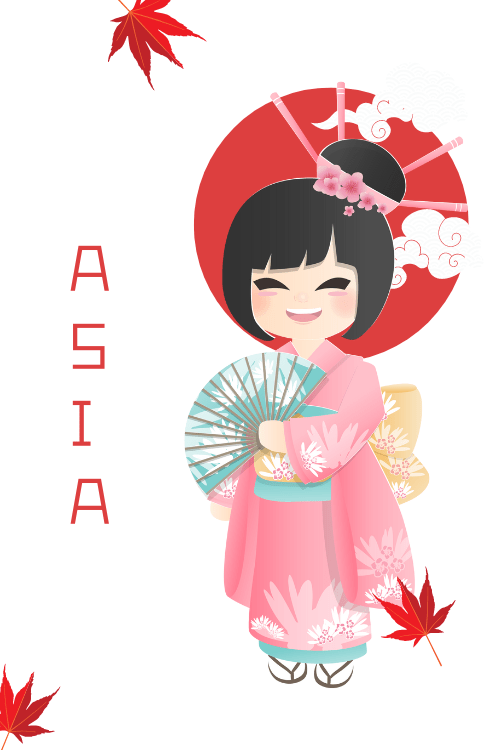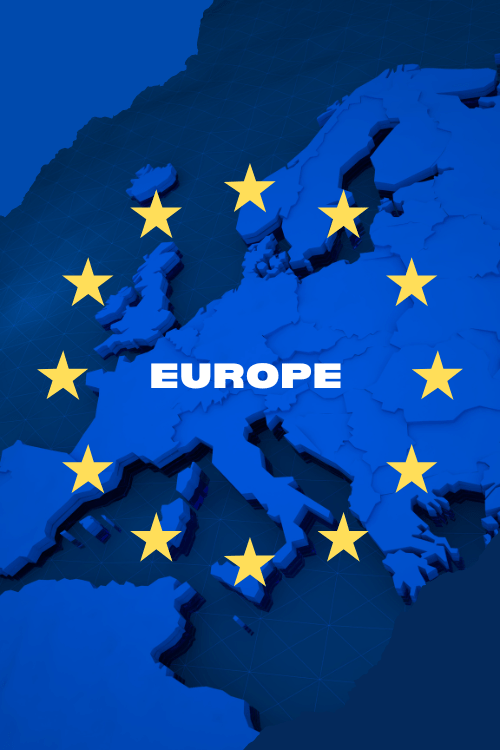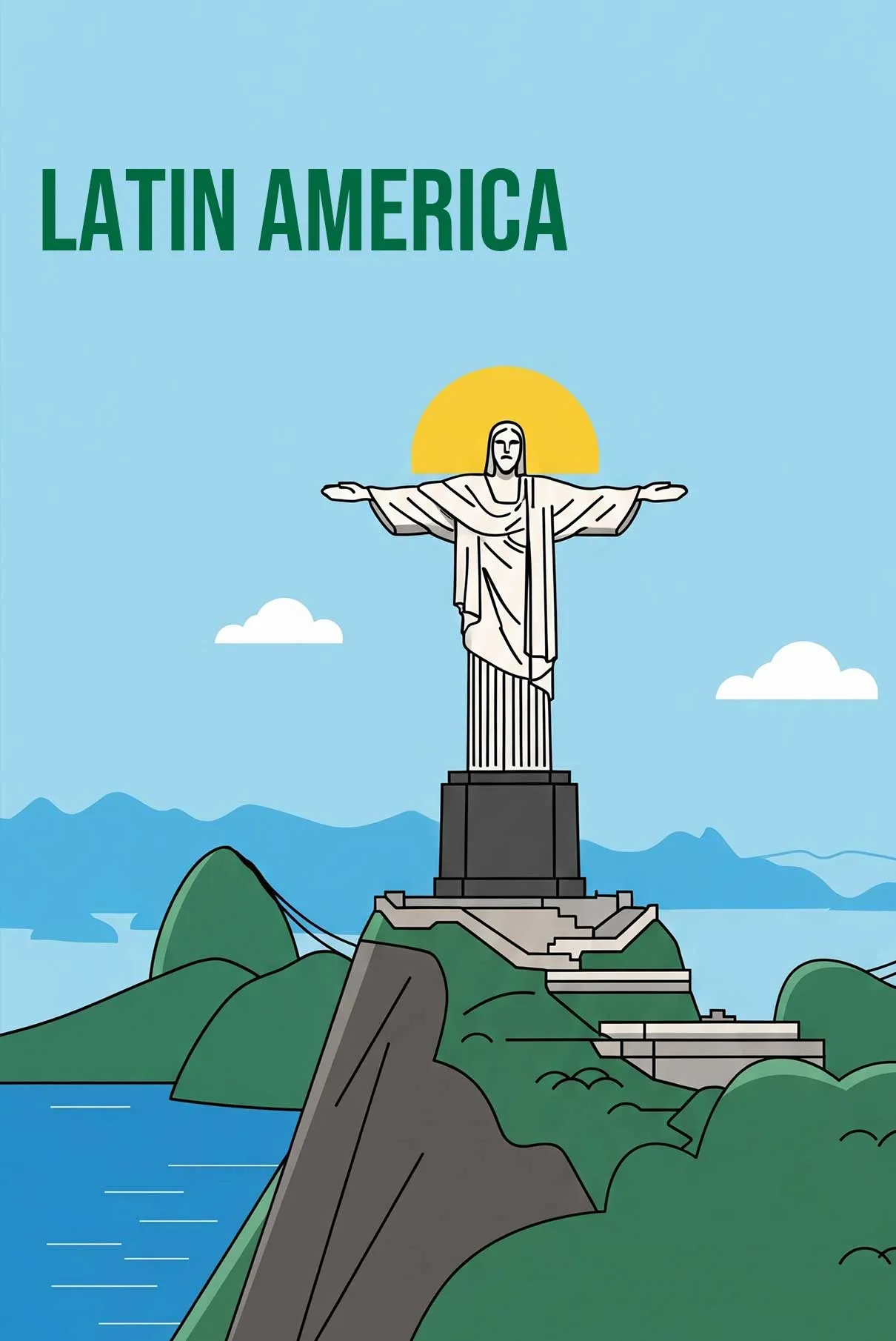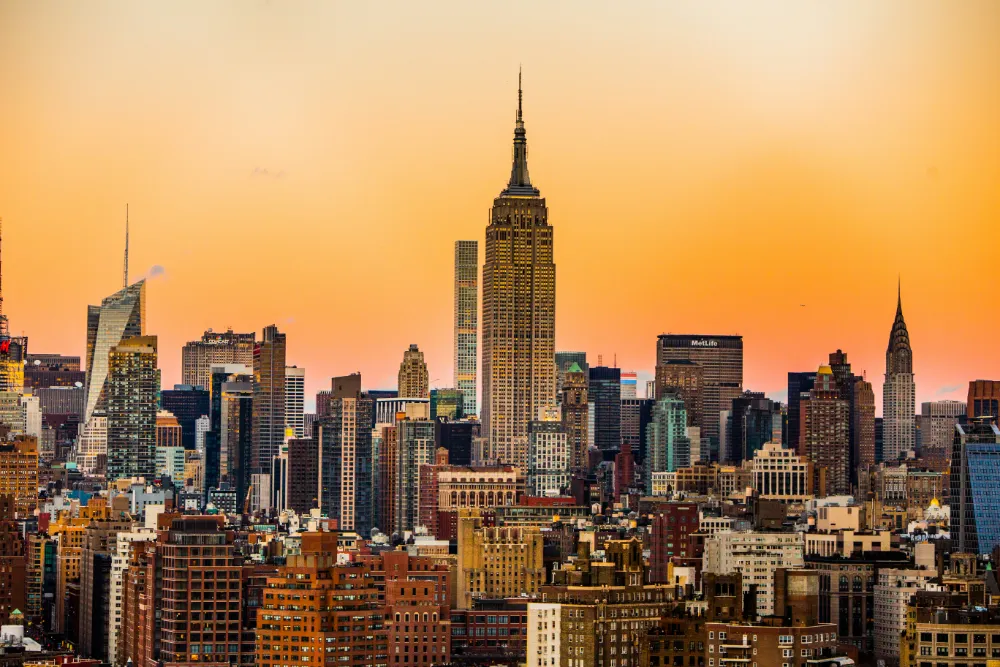eSIM USA
The Best Time To Visit New York: Travelers Guide
The best time to visit New York City is during the fall (September-October) or late spring (May-June) for the ideal combination of fantastic weather, manageable crowds, and a rich calendar of events. However, the truly “best” time depends entirely on your personal priorities regarding budget, activities, and tolerance for crowds.
- Discover the two-month window when hotel and flight prices plummet, offering budget travelers a chance to experience the city for a fraction of the peak cost.
- Learn why a common piece of advice—visiting in summer—can be a mistake for those who underestimate the city’s unique brand of heat and humidity.
- Uncover the specific weeks in autumn and spring that offer the “sweet spot” of perfect weather before the peak season crowds and prices take hold.
- Find out how to leverage the city’s “off-season” to gain crowd-free access to world-class museums and score 2-for-1 tickets to top Broadway shows.
- Explore the hidden gems and local favorites that come alive each season, offering an authentic experience beyond the typical tourist trail.
The Definitive Visual Guide to Your Perfect NYC Trip
New York City runs on trade-offs. This guide visualizes the data to help you decide: When should you *really* go?
The NYC Year at a Glance
Each season offers a unique personality. Here’s a high-level look at the trade-offs between weather, crowds, and cost to help frame your decision.
Spring
MAR – MAY
The city awakens with blooming parks and energetic vibes. Perfect walking weather, but be prepared for rising prices and April showers.
Summer
JUN – AUG
Hot, humid, and packed with outdoor festivals. The most popular (and expensive) time for tourists, requiring endurance for heat and crowds.
Fall
SEP – NOV
Considered by many to be the best season. Crisp air, beautiful foliage, and a rich cultural calendar, but prices and crowds remain high.
Winter
DEC – FEB
A tale of two cities: magical but expensive in December, then bitterly cold but incredibly cheap and crowd-free in Jan/Feb.
Monthly Weather Breakdown
This chart shows the significant swing in average monthly temperatures. The pleasant weather of late spring and early fall stands out clearly against the extremes of summer and winter.
The Cost vs. Crowd Trade-Off
This chart visualizes the core decision for most travelers. Notice the deep trough in January and February for both cost and crowds, and the sustained peak from May through October.
What’s Your NYC Travel Style?
The “best” time depends on what you want to do. Find your profile below for tailored advice.
The First-Timer
Best Time: May, Sep, Oct
You need pleasant weather for extensive walking to see the icons. These months offer the most comfortable temperatures for long days of exploring.
The Budget Traveler
Best Time: Jan, Feb
The cold drives away tourists, causing flight and hotel prices to plummet. Leverage promotions like Broadway Week for incredible value.
The Family Vacation
Best Time: Jun – Aug
Aligns with school holidays and offers the widest array of outdoor activities and festivals perfect for keeping kids entertained.
The Romantic Getaway
Best Time: Oct, Dec
The crisp air and fall foliage of October create a cozy atmosphere, while the twinkling holiday lights of December offer a unique magic.
The Culture Vulture
Best Time: Sep, Oct
The fall season marks the opening of new seasons for Broadway, the opera, and major art exhibitions. The city’s cultural engine is at full throttle.
The Foodie
Best Time: Jan, Jul, Sep
Visit during Restaurant Week (Jan/Jul) for deals at top-tier spots, or in September for the massive Feast of San Gennaro street food festival.
A Year of Signature Events
Planning your trip around a specific event can create a memorable anchor for your visit. Here are some of the biggest happenings throughout the year.
Jan/Feb
Broadway Week, Restaurant Week, Lunar New Year Parade, Fashion Week.
Mar/Apr/May
St. Patrick’s Parade, The Armory Show, Cherry Blossom Festival, Tribeca Film Fest, Five Boro Bike Tour.
Jun/Jul/Aug
Pride Parade, Museum Mile Fest, Shakespeare in the Park, Macy’s 4th July Fireworks, US Open.
Sep/Oct/Nov
Fashion Week, Film Festival, Feast of San Gennaro, Village Halloween Parade, NYC Marathon.
Dec
Rockefeller Tree Lighting, Holiday Markets, Thanksgiving Parade, The Nutcracker.

Stay Connected Instantly in NYC
Don’t risk expensive roaming fees or waste time hunting for local SIMs. Get online the moment you land to navigate the subway, book rides, and share your Big Apple adventure.
Download a data plan before you go and activate it on arrival. Simple, fast, and reliable.
The Unspoken Truth About Planning an NYC Visit
Choosing when to visit New York City is fundamentally an exercise in managing trade-offs. Every season, every month, presents a unique combination of benefits and drawbacks. The postcard-perfect image of a sun-drenched stroll through Central Park in May comes with higher hotel rates. The magical, snow-dusted vision of the city in December is accompanied by the year’s largest crowds and most significant expenses. Conversely, the incredible flight deals of January require a willingness to embrace the biting winter cold.
Understanding this dynamic is the first step toward planning a trip that aligns with your actual desires, not just a generic ideal. The goal isn’t to find a mythical “perfect” week with no downsides, but to identify the season whose advantages you value most and whose disadvantages you mind the least.
This guide is architected to help you make that strategic decision. We will begin with the most critical, high-level information—a direct comparison of the seasons—before delving into the granular details of each month. This inverted pyramid approach ensures you get the most important answers first, allowing you to then explore the nuances that will transform a good trip into an unforgettable one.
A Tale of Four Seasons: The Ultimate NYC Trade-Off
To make an informed choice, you must first understand the distinct personality of each New York season. This isn’t just about weather; it’s about the interconnected relationship between climate, cost, crowd density, and the types of activities available.
Fall (September – November)
For many, this is the quintessential New York experience. The oppressive humidity of summer breaks, replaced by crisp, invigorating air that’s perfect for long walks. The city’s parks, particularly Central Park and Prospect Park, erupt in a brilliant display of fall foliage, creating a stunning backdrop for exploration.
This season brings a renewed cultural energy; Broadway and the opera launch their new seasons, major film festivals take place, and the art world comes alive. This desirability, however, comes at a cost. September and October are firmly in the high season, with hotel and flight prices reflecting the demand. Crowds are significant, though perhaps slightly less intense than the summer peak. Early November offers a brief shoulder season of value before the holiday rush begins.
Spring (March – May)
Spring is a season of beautiful transition. It begins with the unpredictable, often chilly, weather of March and culminates in the glorious, sun-filled days of May. This is when the city sheds its winter coat.
Cherry blossoms and tulips bring vibrant color to parks and gardens, sidewalk cafes re-emerge, and an optimistic energy permeates the streets. The weather in late April and May is often cited as the year’s best, with warm days and low humidity. This, naturally, attracts visitors. Prices and crowd levels build steadily throughout the season, peaking in May. While not as expensive as the holiday season, it’s a popular time that requires advance booking for the best value.
Winter (December – February)
Winter in NYC is a story of two completely different experiences. December is a category of its own—a festive, magical, and overwhelmingly popular month. The city is adorned with holiday decorations, from the Rockefeller Center Tree to the elaborate Fifth Avenue window displays. This unique atmosphere commands the highest prices and attracts the largest crowds of the year.
Then, on January 1st, everything changes. The holiday crowds vanish, and the city enters a deep hibernation. January and February are, without question, the coldest months, with freezing temperatures and the highest likelihood of snow. This weather drives away tourism, causing flight and hotel prices to plummet. For the budget-conscious traveler who doesn’t mind bundling up, this is an unparalleled opportunity. It’s a time for cozying up in cafes and enjoying world-class museums and theaters with minimal queues, feeling as though you have the city all to yourself.
Summer (June – August)
Summer is New York at its most intense. The days are long, hot, and humid, creating a languid yet vibrant atmosphere. The city’s pulse quickens with a seemingly endless calendar of free outdoor events, from the SummerStage concert series in Central Park to street festivals in every borough.
It’s the classic season for family vacations, which means it’s also the peak of tourist season. You will share the city with visitors from around the globe, resulting in significant crowds at every major attraction and high prices for accommodation and airfare. The heat and humidity are not to be underestimated; a day of sightseeing can be physically draining, requiring strategic planning around air-conditioned refuges.
A Granular Guide: The Character of Each Month
While a seasonal overview provides a framework, the true experience of New York reveals itself on a monthly basis. The vibe of early September is vastly different from late October, just as the chill of March is a world away from the perfection of May. This detailed breakdown explores the specific weather, events, costs, and overall atmosphere of each month, allowing you to pinpoint the exact time that best suits your travel style.
The Heart of Winter: January & February
These two months represent the city’s off-season and the absolute best time for budget travel. The defining characteristic is the cold. Average temperatures hover between -3°C and 4°C (26°F to 39°F), and snow is a distinct possibility.
This cold is what creates the opportunity. With tourism at its annual low, you’ll find the best deals on flights and hotels. More importantly, you’ll experience a crowd-free New York. Imagine walking into The Metropolitan Museum of Art without a line or being able to get a table at a popular restaurant without a reservation.
This is the time for an indoor, culture-focused trip. The city government and tourism boards amplify this advantage with official promotions.
NYC Broadway Week offers 2-for-1 tickets to some of the biggest shows, while NYC Restaurant Week provides prix-fixe menus at high-end restaurants for a fraction of the usual cost. These events make an already affordable time of year an even more incredible value.
Beyond these promotions, February brings the vibrant Lunar New Year Parade to Chinatown and the high-fashion energy of New York Fashion Week.
The primary drawback is, of course, the weather. A proper winter coat, thermal layers, a hat, gloves, and waterproof boots are not optional—they are essential for survival and enjoyment.
The Festive Finale: December
December is the exception to the winter rule. It’s the most expensive and most crowded month of the year, driven by an unparalleled festive atmosphere. The weather is cold, with average temperatures from -1°C to 5°C (30°F to 41°F), and the possibility of a magical snowfall.
From the first week, the city transforms into a holiday spectacle. The Rockefeller Center Christmas Tree, the glittering Fifth Avenue window displays, the charming Union Square Holiday Market, and the ice rinks in Central Park and Bryant Park create an infectious energy.
This is also the time for classic holiday performances like The Nutcracker. The trade-off for this magic is severe: expect to pay a premium for everything and navigate through dense crowds, especially around Midtown attractions. Booking months in advance is absolutely necessary.
The Thaw of Spring: March & April
Spring arrives cautiously in New York. March is a month of transition, notoriously unpredictable. It can begin with freezing temperatures and end with mild, sunny days.
The average temperature range of 1°C to 8°C (34°F to 48°F) means you must pack for both winter and spring.
This unpredictability keeps it in the shoulder season, offering good value on hotels and manageable crowds. The city begins to stir, highlighted by the massive St. Patrick’s Day Parade and major art fairs like The Armory Show.
April is when spring truly arrives. The weather becomes consistently milder, averaging 6°C to 16°C (44°F to 61°F), though “April showers” are common, so an umbrella is a must.
The city bursts into color. The Cherry Blossom Festival (Sakura Matsuri) at the Brooklyn Botanic Garden is a spectacular highlight, and parks across the city are filled with blooming tulips and magnolias.
This beauty signals the start of the shoulder season’s upward trend. Prices for flights and hotels begin to climb, and crowd levels increase, but they are not yet at their peak. It’s a beautiful month for walking, with the Tribeca Film Festival and the start of baseball season adding to the vibrant atmosphere.
The Spring Apex: May & June
Many locals and seasoned travelers consider late May and early June to be the absolute sweet spot for visiting New York. May, in particular, often boasts the year’s best weather: warm, sunny, and with low humidity, with average temperatures from 11°C to 21°C (53°F to 71°F).
The city is alive with an optimistic energy. Street festivals pop up, outdoor dining becomes standard, and parks are lush and green. Major events like the Five Boro Bike Tour and Fleet Week take place. This perfection comes at a price, as the shoulder season fully transitions into the high season. Costs and crowds rise steadily, especially around the Memorial Day weekend.
June continues this trend, marking the official start of summer fun. The weather is warm and pleasant, averaging 17°C to 27°C (63°F to 81°F), before the intense humidity of mid-summer sets in. The outdoor festival season kicks into high gear with free events like Shakespeare in the Park and the SummerStage concert series.
June is also Pride Month, culminating in the massive and joyous NYC Pride Parade. The combination of great weather and a packed event calendar means you’ll be paying high-season prices and navigating large, energetic crowds.
The Summer Peak: July & August
These are the hottest and most humid months in New York, with average temperatures climbing to 18°C-29°C (68°F-85°F). Afternoon thunderstorms are common but usually brief. This is the absolute peak of the tourist season, driven by summer holidays. Expect the highest prices of the summer and the most crowded conditions at all major attractions.
The city’s energy is undeniable, however. July is defined by the Macy’s Fourth of July Fireworks, one of the nation’s largest displays, and the legendary Nathan’s Famous Hot Dog Eating Contest on Coney Island. The summer edition of NYC Restaurant Week also offers dining deals.
In August, the heat and crowds persist. While many locals escape the city on weekends, the influx of tourists keeps the energy high. Unique events like the Hong Kong Dragon Boat Festival in Queens and Summer Streets, where major avenues are closed to traffic on select Saturdays, offer distinct New York experiences.
The prestigious US Open Tennis Championships also begin at the end of the month, drawing sports fans from around the world. A trip during this time requires a tolerance for heat and crowds, and a budget to match.
The Autumnal Prime: September & October
September often feels like a gift—a “second spring” with the warm days of summer but without the oppressive humidity. Temperatures are delightful, averaging 16°C to 25°C (60°F to 77°F). This fantastic weather, combined with a surge in cultural events and business travel, keeps September firmly in the high season.
The fall arts season kicks off with New York Fashion Week, the New York Film Festival, and the opening of new Broadway shows. The Feast of San Gennaro fills the streets of Little Italy with the sights and smells of a classic street food festival.
October is, for many, the most beautiful month in New York. The air is crisp and cool, with average temperatures of 10°C to 19°C (51°F to 67°F), perfect for walking for hours under a canopy of peak fall foliage.
This is the New York of cinema, a romantic and invigorating version of the city. Its popularity means that demand and prices remain high. The month is packed with signature events, from the creative and chaotic Village Halloween Parade to the pop-culture behemoth of New York Comic Con.
Open House New York offers a unique chance to access normally closed architectural sites, providing a peek into the city’s hidden spaces.
The Autumnal Transition: November
November is a month of two halves. The first two weeks represent a fantastic shoulder season. The fall foliage often lingers, the air is brisk, and the summer and early-fall crowds have thinned.
This is an excellent window to find deals on flights and hotels. The TCS New York City Marathon brings an incredible, city-wide energy on the first Sunday.
The weather turns noticeably colder, with averages dropping to 5°C to 12°C (41°F to 54°F). Then comes Thanksgiving week, and everything changes.
The Macy’s Thanksgiving Day Parade marks the unofficial start of the holiday season. The Rockefeller Center Christmas Tree arrives, the holiday markets open, and prices and crowds skyrocket, continuing through December.
Tailoring Your Trip: NYC for Every Traveler
The “best” time to visit is deeply personal. A budget backpacker’s ideal month is a luxury traveler’s nightmare. A family with school-aged children has different constraints than a couple seeking a romantic escape. This section provides direct, actionable advice for specific travel styles.
For the First-Timer on a Mission
Your primary goal is to see the icons: Times Square, the Statue of Liberty, the Empire State Building, Central Park, the Brooklyn Bridge. This requires extensive walking. Therefore, your top priority should be pleasant weather. Aim for late April, May, September, or October.
These months allow you to comfortably spend hours outdoors without battling extreme heat or cold. Give yourself at least five days to see the highlights without feeling exhausted or rushed.
For the Budget-Conscious Explorer
Your goal is to experience the city’s magic without breaking the bank. There is no better time for you than January or February. The trade-off is the cold, but the rewards are immense. Flights and hotels are at their absolute cheapest.
You can leverage promotions like Broadway Week and Restaurant Week to access top-tier culture and dining for a fraction of the price. Focus on the wealth of free activities: walk the Brooklyn Bridge, ride the Staten Island Ferry for free views of the Statue of Liberty, and plan your museum visits around their “pay-what-you-wish” or free admission days.
For the Family on Vacation
Your trip is likely constrained by the school calendar, making Summer (June-August) the most practical choice. While it’s hot and crowded, it also offers the widest array of family-friendly outdoor activities and festivals.
Focus your itinerary on engaging attractions like the American Museum of Natural History (dinosaurs are a perennial hit), the Bronx Zoo, and the Intrepid Sea, Air & Space Museum. Balance museum time with active fun in Central Park, from renting a rowboat to riding the carousel. A family-friendly Broadway show like The Lion King can be the unforgettable capstone to your trip.
For the Couple Seeking a Romantic Getaway
Ambiance is your priority. October offers the quintessential romantic backdrop with its crisp air and stunning fall foliage—perfect for long, hand-in-hand walks through the West Village and Central Park. Alternatively, December provides a different kind of magic. The twinkling lights, festive decorations, and cozy atmosphere of the holiday season create a uniquely romantic setting, ideal for ice skating at Rockefeller Center followed by a fireside cocktail. Early November also offers a cozy, less-crowded alternative as the city transitions into the holiday spirit.
Final Considerations for a Flawless Trip
You’ve chosen your season and tailored it to your travel style. The final step is to move from the “when” to the “how.” A few key logistical decisions can make or break your experience. Choosing the right neighborhood is paramount. For first-timers, the convenience of Midtown is undeniable, though it can feel chaotic. For a more charming, local feel, consider the West Village or Upper West Side. For trendy boutiques and nightlife, look to Williamsburg in Brooklyn. For the best value, Long Island City in Queens offers modern hotels with stunning skyline views just one or two subway stops from Manhattan.
No matter when you visit, packing correctly is crucial. The universal, non-negotiable item is comfortable walking shoes. You will walk far more than you anticipate. Beyond that, pack layers. Even in summer, aggressive indoor air conditioning can be jarring. In winter, thermal base layers are essential. A portable phone charger is another must-have, as you’ll rely on your device for navigation and photos.
By strategically choosing your travel window, understanding the trade-offs, and planning for the logistical realities, you can craft a New York City experience that is not just a vacation, but a lasting memory. The city’s rhythm changes with the seasons, but its capacity to inspire, energize, and awe is a constant, waiting for you to discover it.
